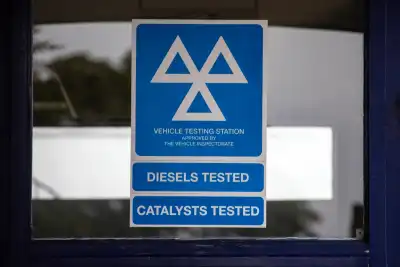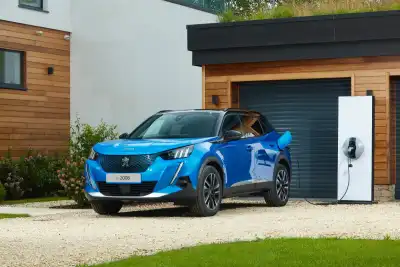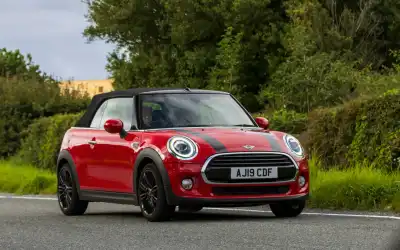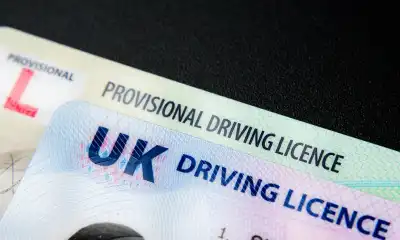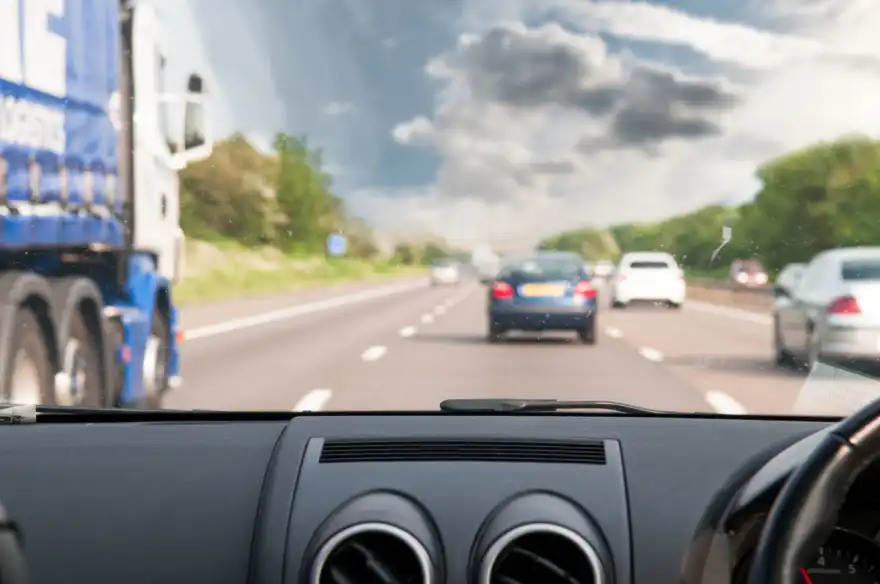
Driving on the motorway is something that millions of motorists do in the UK each year. Connecting the major areas of the countries, motorways are a crucial way of getting from A to B as quickly as possible by car - most of the time, we’ll admit.
But there are some rules and tips for driving on the motorway, some of which you might not be aware of. So if you’re setting out onto the motorway for the first time - or are brushing up on your knowledge - then follow these tips and tricks to make sure you’re getting it right.
Keep left when not overtaking
This is one of the key rules to remember when driving on the motorway and one which ensures that traffic remains free-flowing. Whenever you’re not overtaking, you should make sure that you’re keeping in the left-hand lane.
If there’s a vehicle ahead of you that is travelling slower than you are, indicate, move into the outside lane, complete your pass and then return to the inside lane once it’s clear to do so.
Don’t hog the middle lane
This follows on from the ‘keep left’ rule. If you’ve spent plenty of time driving on the motorway then you’ll understand how frustrating middle-lane hogging is; it means that other road users have to move out, drive around and return back inside in order to carry on properly.
So if you’re not performing an overtake and the inside lane is clear, make sure to return to it and don’t stay in the middle lane unnecessarily.
Maintain a steady speed
The speed limit on the UK’s motorway network for a car is 70mph and while you should always drive to the road and traffic conditions, you shouldn’t be travelling too slowly either. A slow-moving vehicle can cause traffic build-ups behind it, so try and maintain a decent amount of speed when the road allows you to do so.
This applies to merging onto the motorway, too. Try to accelerate up to the speed limit in good time - it’ll help you to merge onto the highway more efficiently.
Leave enough space between yourself and the vehicle in front
Travelling too close to the vehicle ahead of you is a sure-fire way of giving yourself a more stressful journey. Less space means less time to think and means you’re less able to react to a change in road conditions. If a car in front of you has to slam on the brakes, that gap can be all-important in allowing you to avoid a collision.
As a general rule, the ‘two-second’ method is best. Pick a static object at the roadside - a sign or road marking, for example - and after the car ahead of you passes it, count out the seconds. Less than two seconds away? Increase your spacing and you’ll be making things safer, too. Make sure you increase this spacing during times of bad weather, too, as braking performance is hampered by heavy rain or slippery conditions.
Keep an eye on your speed
As we’ve touched on, the speed limit for cars on the UK’s motorways is 70mph, but this changes depending on the road conditions and road type, too. On smart motorways, for instance, overhead gantries dictate what speed you should be travelling and can capture drivers speeding in instead via cameras. So always be aware of the permitted speed of any road.
Likewise, road works are often accompanied by sections of average-speed cameras. Make sure you stick to these and don’t try to ‘fool’ the cameras by speeding up or slowing down - it’s much easier simply to stick to the required speed.
Only use the hard shoulder for emergencies
Hard shoulders are a valuable area to escape the motorway in an emergency, or when you’re having a mechanical issue with your car. However, what they don’t provide is an opportunity to stretch your legs or take a break. The same goes for the refuge areas on smart motorways, too.
Don’t be tempted to pull over onto the hard shoulder to grab something from the boot of your car, either. You should always wait to find a service station or appropriate lay-by.
Stop if you’re tired
Tiredness is a driver in car accidents. Fatigue behind the wheel alters your decision-making skills, lowers your responsiveness and makes you less capable of operating a car properly and safely.
If you notice yourself feeling tired, make sure you pull over and take a break at an appropriate stopover area, such as a service station. There’s no point winding down the window or blasting music to keep yourself awake, either - you need to stop and take a break to properly fend off tiredness.
Look up the road to anticipate what’s coming
Forward planning can make driving on the motorway an awful lot easier and more relaxing, so it’s something well worth putting into place next time you’re out and about. Try and sweep the road ahead and look to the next bend in order to put yourself in a better position to react to changing road conditions.
Doing so means you can see slow-downs ahead of you in good time, allowing you to gently reduce your speed rather than abruptly braking. This will give those drivers behind you more time to react, too.

